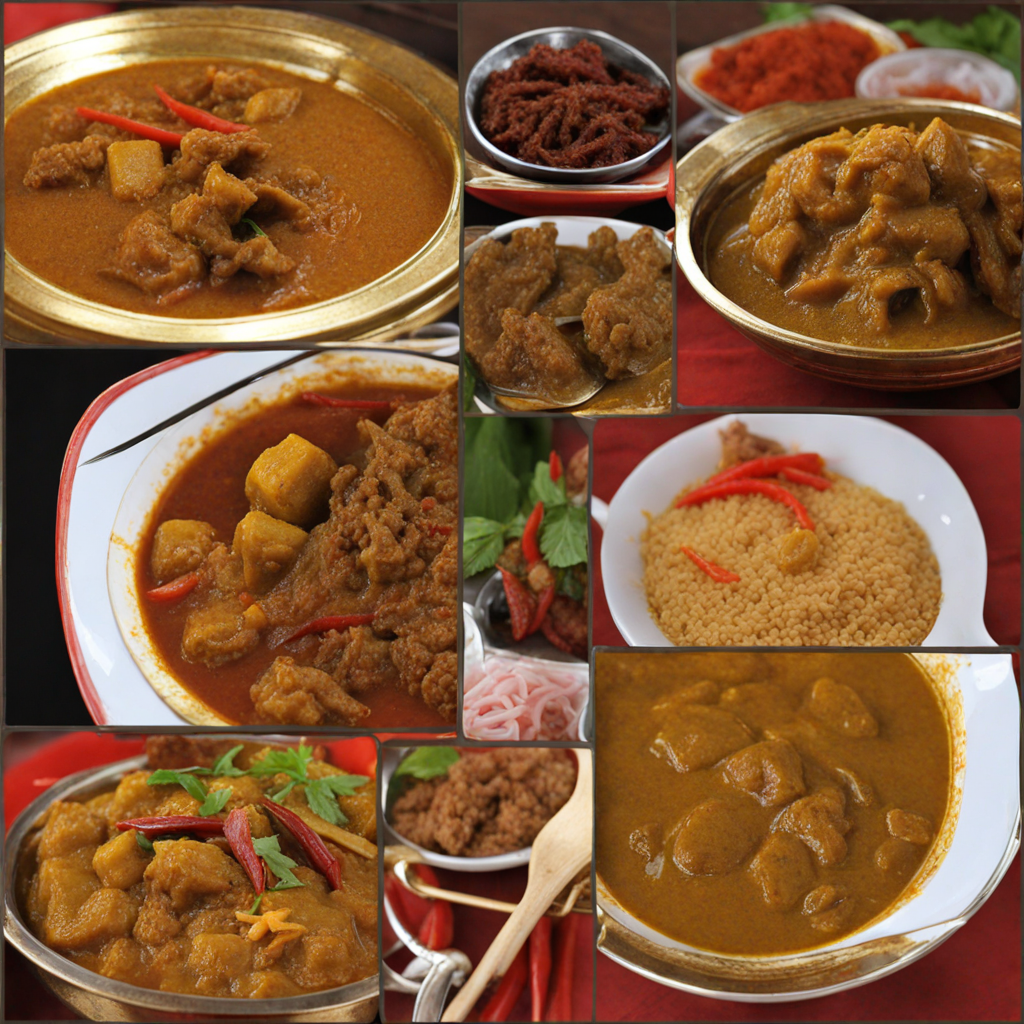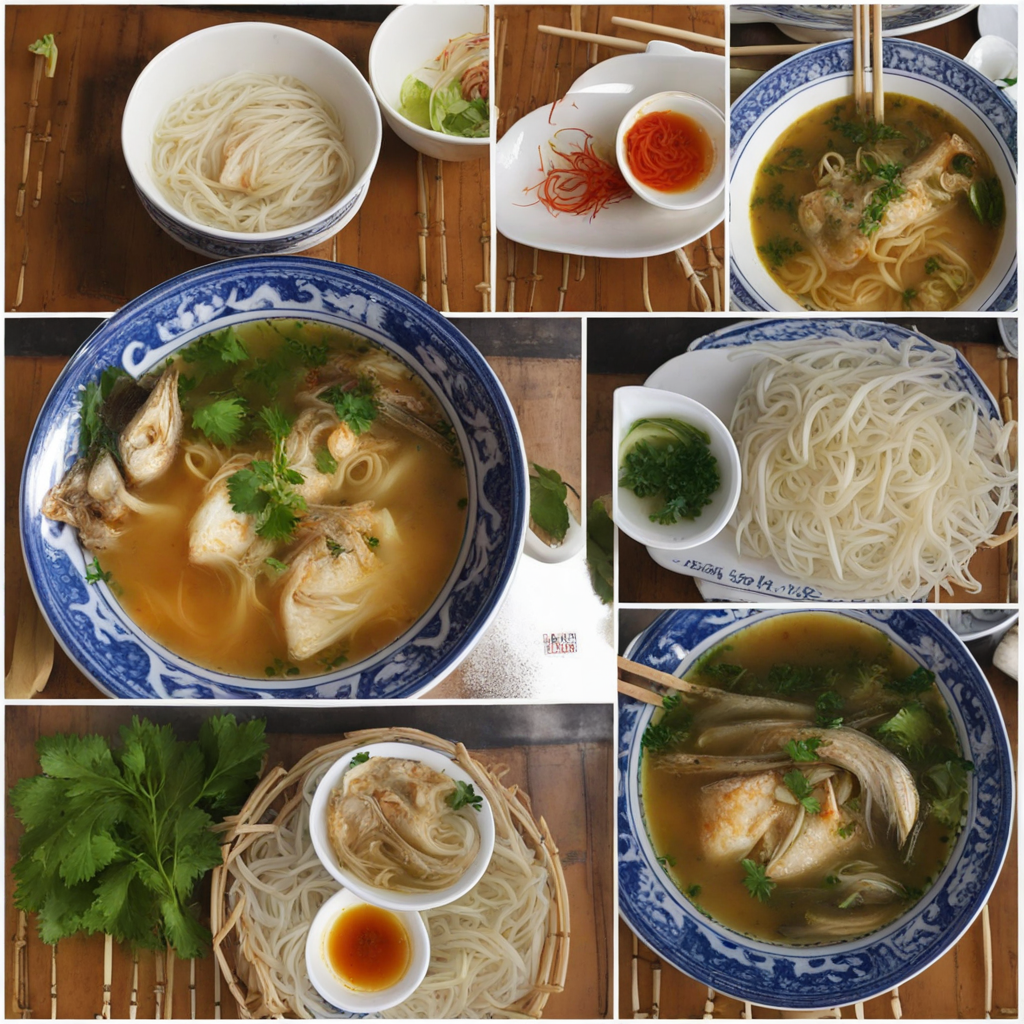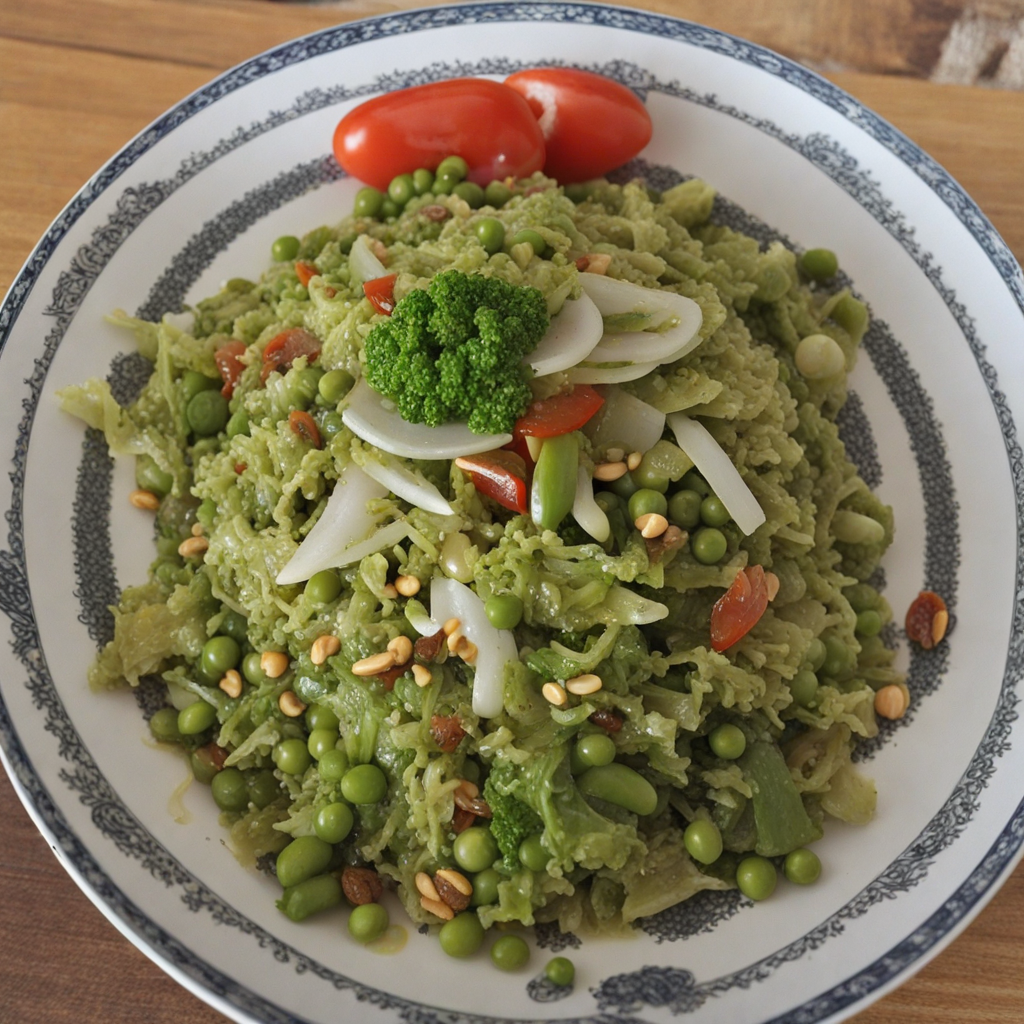Burmese Curry
Burmese Curry is a delightful culinary experience that showcases the rich flavors and diverse ingredients of Myanmar's cuisine. Unlike the more widely known Indian or Thai curries, Burmese Curry is characterized by its unique balance of spices, which often includes turmeric, ginger, garlic, and a hint of tamarind, contributing to a gentle heat and an earthy depth. The use of fresh herbs like lemongrass and cilantro adds brightness, while coconut milk or fermented soybean paste can be incorporated for creaminess and umami, respectively. This results in a dish that is both comforting and complex, perfect for warming the soul. What sets Burmese Curry apart is the variety of proteins and vegetables used, reflecting the country's agricultural abundance. You might find tender pieces of chicken, beef, or fish simmered to perfection, along with an array of seasonal vegetables such as eggplant, potatoes, and green beans. Each ingredient is carefully selected to enhance the overall flavor profile, creating a harmonious blend that is both satisfying and nutritious. The curries are often served with a side of steamed rice, which serves to balance the richness of the dish and soak up the delicious sauce. In addition to its rich flavors, Burmese Curry is often accompanied by a selection of side dishes, such as pickled vegetables or fresh salads, which add a refreshing contrast. This communal style of eating encourages sharing and tasting a variety of flavors in one meal, making it a delightful social experience. Each bite of Burmese Curry invites you to explore the essence of Myanmar's culinary heritage, leaving you with a lingering warmth and a yearning for more of its vibrant, multifaceted tastes.
How It Became This Dish
The Rich Tapestry of Myanmar Curry (မြန်မာကာရီ) Myanmar, known for its vibrant cultures and diverse ethnic groups, boasts a rich culinary heritage that reflects its historical interactions with neighboring countries and its own indigenous traditions. One of the most quintessential dishes in Myanmar’s culinary repertoire is Myanmar curry (မြန်မာကာရီ), a dish that encapsulates the nation’s flavors, cultural significance, and evolution over time. #### Origins of Myanmar Curry Myanmar curry has its roots in the culinary traditions of South Asia, particularly from Indian influences brought to the region during the colonial period and through trade routes that have existed for centuries. The British colonization of Burma in the 19th century further intensified these influences, as British expatriates introduced their own culinary habits while also adapting to local tastes. Historically, the people of Myanmar have been adept at utilizing local ingredients, such as rice, various meats, and a plethora of vegetables and spices. The curry itself is often based on a combination of turmeric, garlic, ginger, and various local spices, which lend it a unique flavor distinct from its Indian counterparts. The use of coconut milk is also prevalent, particularly in coastal regions, showcasing the influence of Southeast Asian cuisines. #### Cultural Significance In Myanmar, food is more than sustenance; it is a vital part of social and cultural life. Curries are typically served during communal meals, such as family gatherings and celebrations, emphasizing the importance of sharing and hospitality in Burmese culture. The act of preparing and serving curry is often imbued with traditions that vary from one ethnic group to another, reflecting the country’s rich tapestry of cultures. The dish is not merely a staple; it carries significant cultural weight. Different regions of Myanmar have their own variations of curry, reflecting local ingredients, tastes, and traditions. For instance, the Rakhine curry, originating from the Rakhine State, often includes fish and is noted for its use of spicy chili paste. In contrast, the Shan curry from the Shan State typically features a milder flavor profile, often incorporating fresh herbs and tomatoes. Curry is also a symbol of unity in Myanmar’s diverse society. Ethnic groups, despite their differences, often come together to share a meal that includes curry, fostering a sense of community and shared identity. During festivals and religious ceremonies, curries take on special significance, often prepared in larger quantities to serve extended families and guests, reinforcing bonds among participants. #### Development Over Time The evolution of Myanmar curry over time is a testament to the dynamic nature of food culture in the region. As trade routes expanded and cultural exchanges occurred, new ingredients and cooking methods were introduced. For instance, the integration of lemongrass, kaffir lime leaves, and tamarind from Thailand and Laos contributed to the unique flavor profiles of Myanmar curries. In the post-colonial era, the culinary landscape of Myanmar began to change as globalization took root. While traditional recipes remained cherished, there was also a growing interest in modern cooking techniques and fusion cuisines. Young chefs and home cooks began experimenting with traditional curry recipes, incorporating international ingredients and cooking styles while still honoring the essence of Myanmar’s culinary heritage. The rise of urbanization and the influence of social media have also played a significant role in the development of Myanmar curry. With the increasing popularity of food blogs and cooking shows, there has been a resurgence of interest in traditional dishes. Recipes that may have been passed down through generations are now shared and celebrated online, inspiring a new generation to explore the depths of their culinary heritage. Moreover, the recent political changes in Myanmar have led to a renewed exploration of national identity, with food serving as a powerful medium for expression. Chefs and home cooks alike are emphasizing the importance of locally sourced ingredients and traditional cooking methods, striving to preserve and celebrate the flavors of Myanmar in the face of globalization. #### A Culinary Journey A typical Myanmar curry meal often includes a variety of side dishes that complement the main curry, showcasing the diversity of flavors and textures. Accompanying the curry, you may find lahpet (fermented tea leaves), various pickles, and rice, which serves as a neutral base to balance the spices. The communal aspect of sharing these dishes fosters a sense of togetherness, reinforcing relationships among diners. The preparation of curry itself is an art. It often begins with the careful selection of fresh ingredients from local markets, where vibrant spices, vegetables, and meats are abundant. The cooking process involves sautéing spices to release their essential oils, followed by the addition of meat or vegetables and simmering until they are tender and infused with flavor. The final dish is a harmonious blend of heat, aroma, and color, often garnished with fresh herbs to enhance its appeal. #### Conclusion Myanmar curry (မြန်မာကာရီ) stands as a testament to the rich culinary heritage of Myanmar, embodying the nation’s history, cultural significance, and ongoing evolution. It serves as a bridge connecting the past with the present, reflecting the diverse influences that have shaped Myanmar’s food culture over the centuries. As Myanmar continues to navigate its identity in a globalized world, the humble curry remains a cherished symbol of communal ties, regional diversity, and culinary pride. In the end, the journey of Myanmar curry is not just about the food itself, but about the stories, traditions, and people it connects. Whether enjoyed in the bustling streets of Yangon or around a family table in a rural village, each bowl of curry tells a story of resilience, unity, and the enduring power of food to bring people together.
You may like
Discover local flavors from Myanmar







